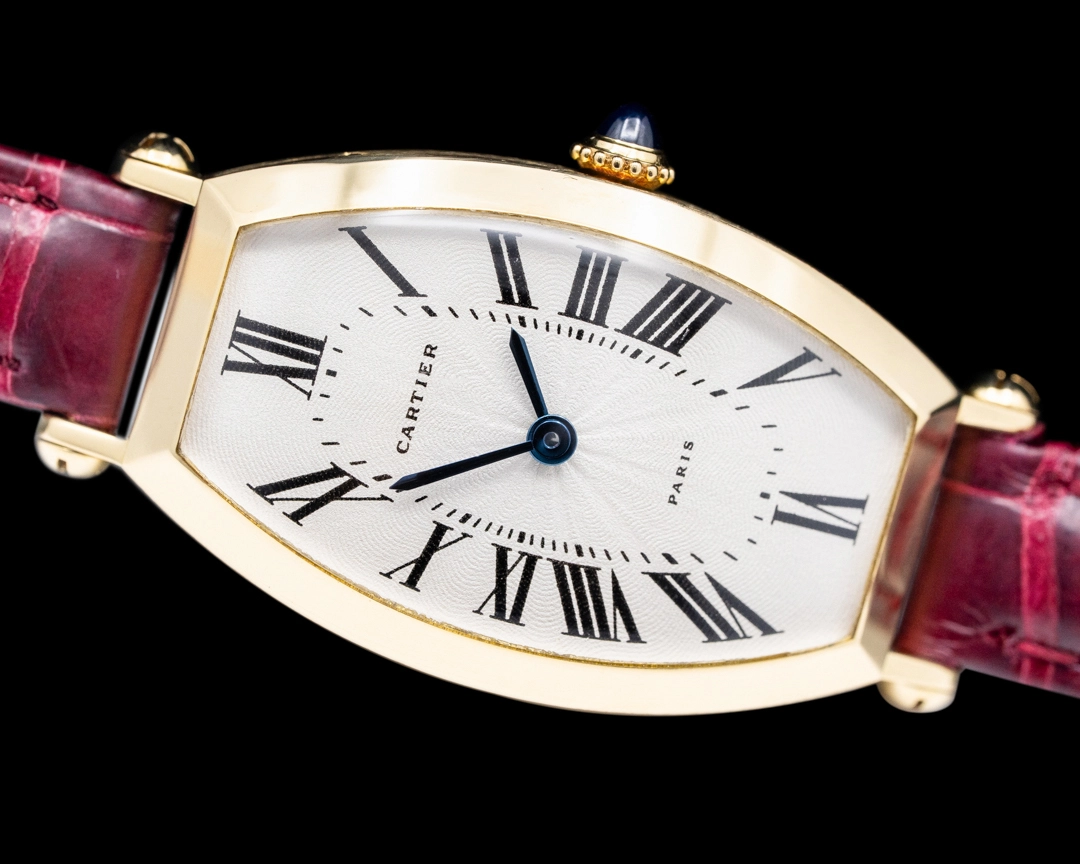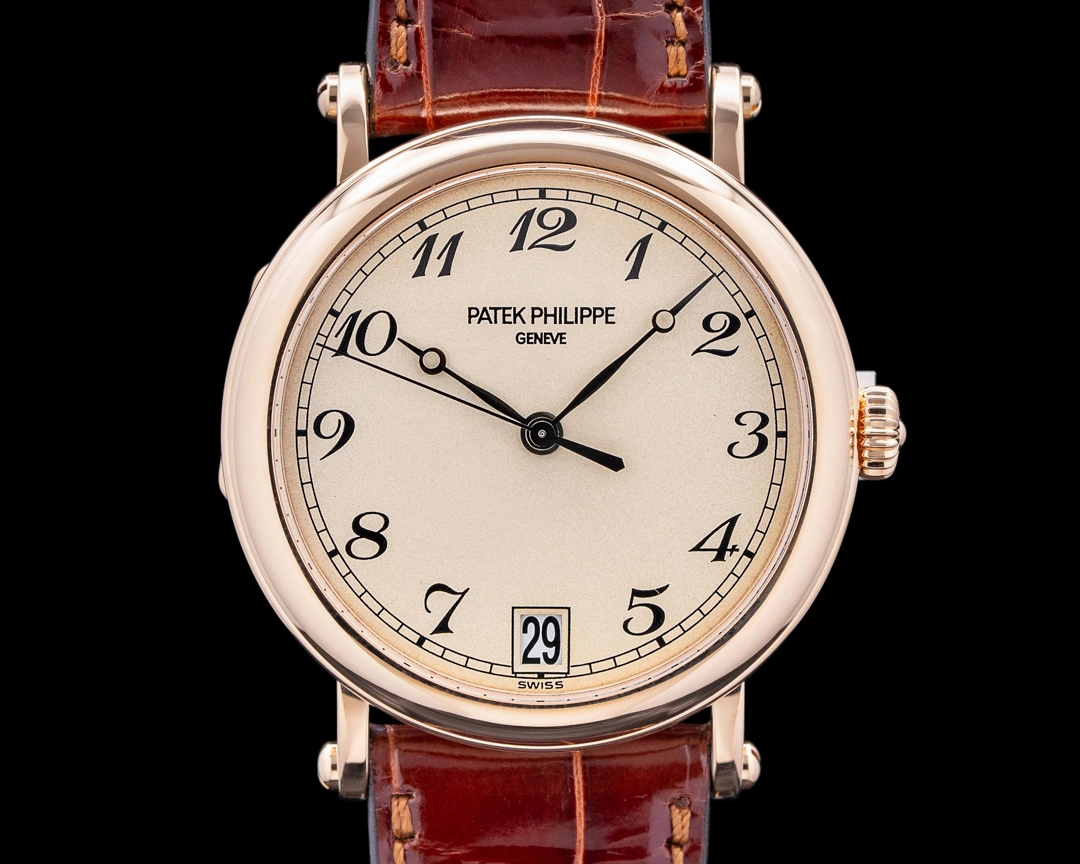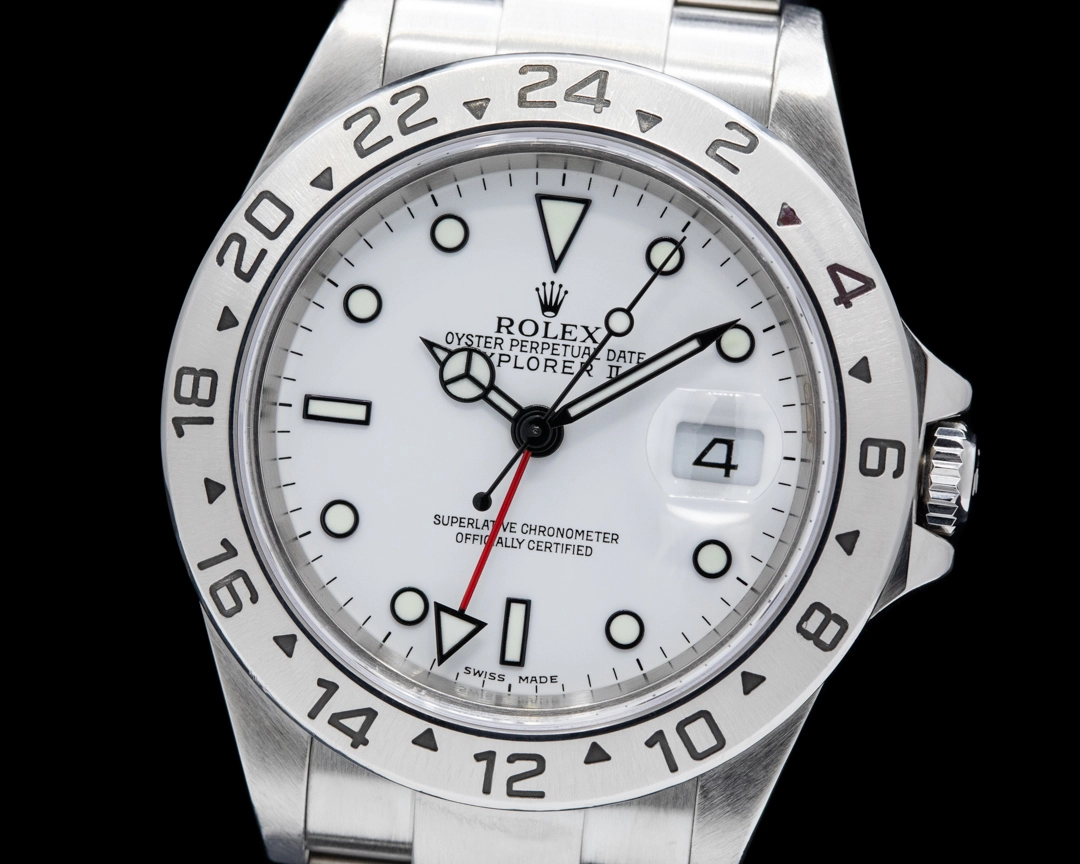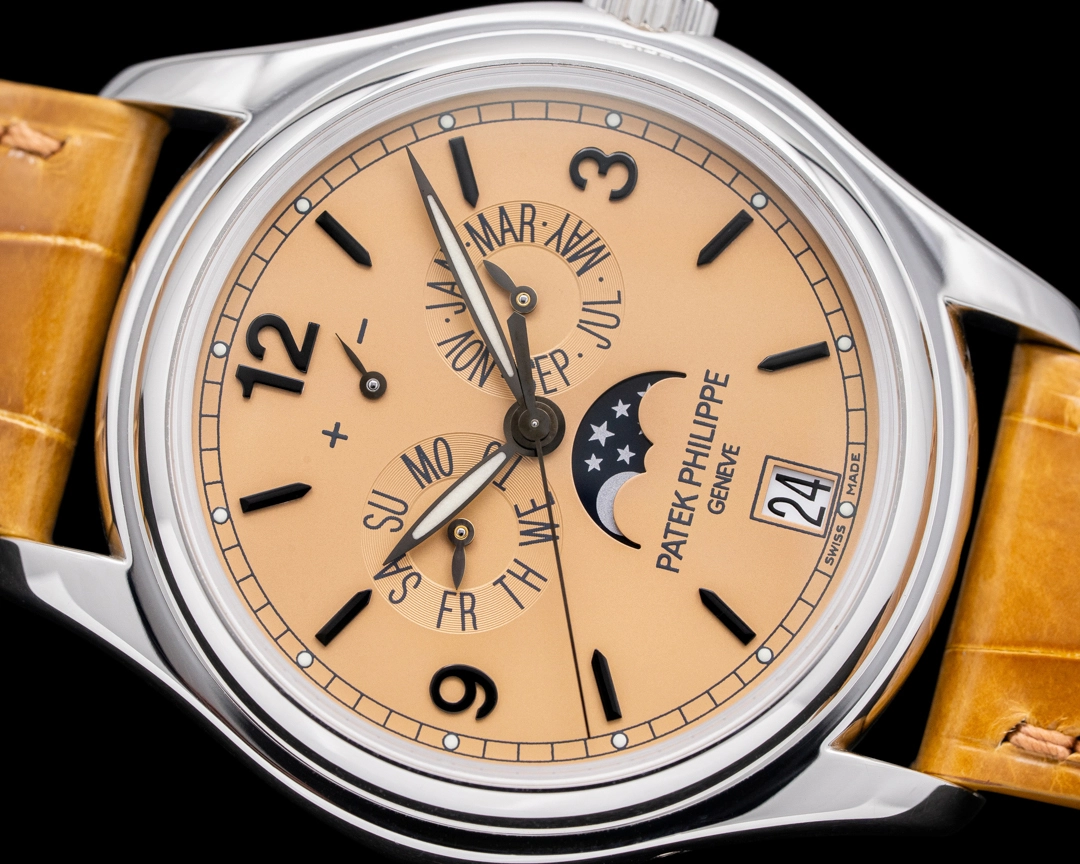When Vintage Feels Too Fragile: The Rise of Neo-Vintage Comfort
Lifestyle
Among watch collectors, some crave the nostalgia and warmth of vintage, but fear the heartbreak that comes with true age. That pulse-quickening gap between romantic allure and everyday dependability is the domain where neo-vintage dazzles most. Watches from the 1990s and early 2000s deliver character, slender elegance, and design veracity, while granting the modern engineering prowess that lets you wear them as confidently as your favorite jeans. Neo-vintage is the sweet spot for those who want the thrill of yesterday without worrying every time it rains.

Many are seduced by vintage only to be jolted back to reality by its delicate nature: crowns that no longer seal, decades-old gaskets, cases conceived for another era. Once upon a time, even hand-washing could doom your heirloom to disaster. That risk narrative changed by the ‘90s. Brands ushered in better sealing, robust gaskets, and newly fortified crowns. Pressure testing became the rule, not the exception. Neo-vintage is peace of mind with panache: wear it anywhere, go anywhere.
A design era with lasting appeal
Many collectors who entered the hobby during the last decade were met with oversized case trends, thick crystals, and aggressive styling. Looking back at the 1990s and early 2000s, the designs are a little gentler. Sport models frequently sat under 40 millimeters, and dress pieces kept the slim profiles that many modern watches have moved away from. It feels like an era where good proportions and quiet confidence led the design ethos.

Journalist and neo-vintage watch collector Thor Svaboe connects with this point deeply. He said, “with the resurgence in vintage collecting of grail brands like Rolex and Patek, and shaped Swiss like Piaget, for me it’s equally about being a contrarian, to wearing something you don’t see every day.” He added that “this period spawned both brilliance and monsters, with rich pickings in between offering huge value for the craftsmanship.” That blend of character and practicality is part of what makes the era so compelling.
Then there’s the value proposition. Neo-vintage isn’t merely a shortcut to vintage, it’s often the smarter pick. The sophisticated calibers of the mid-90s share DNA with later generations, but dodge the adrenaline-fueled premiums of the newest releases. Design aficionados, untethered by hype, find substance instead of spectacle.
More durability, less worry
The creed now is "buy what you can live in." Vintage is beguiling, but live-in comfort it rarely grants. Neo-vintage solves this by letting you enjoy daily-wear resilience. A watch from 1998 won’t fog up when you step off the plane, nor will it demand a surgeon’s hand for servicing.
Svaboe again gets to the heart of it: “As collectors and journalists like me have rediscovered small-cased comfort, this period is at the tail end of the last where watches were small, classy, and arguably better built than many modern watches.” Embrace watches with understated edges and lush curves; there’s treasure here. For those who crave both intrigue and quality, his picks include Montblanc divers in 38–40 mm, as well as Zenith and Credor for true distinction.
By the early 2000s, engineering had evolved: sturdier bracelets, rugged lume, and tighter tolerances prevailed. Quirks linger, but durability won.
A look shaped by transition
This era produced some of the most interesting transitional designs in modern watchmaking. You find slightly odd dial fonts, integrated bracelet experiments, and the last years of tritium lume before the industry moved fully to Super-LumiNova. These watches are not modern recreations of older styles, and they are not vintage artifacts. They sit firmly in the middle with their own identity.
That character is exactly what draws EWC Watch Specialist David Cote to the category. He summed it up simply by saying “neo-vintage is what I love most.” For him, this era brings together personality, practicality, and a level of innovation that shaped the modern industry.

From the current EWC catalog, Cote highlighted several watches that represent the best of what neo-vintage can be. The Rolex Explorer II 16570 remains one of his favorites. He described it as “a wonderfully versatile watch with a thin case, robust construction, and classic design. It embodies tool-watch DNA and is equally at home in an adventurous or dressy setting.”
He also pointed to the Cartier Pasha de Cartier from the mid-nineties, praising its mix of elegance and sportiness. “Cartier’s flair, with a distinct design language that feels different from everything else,” he said, noting that its individuality makes it an easy pick for collectors seeking something outside the usual lanes.

On the technical end, he chose the Patek Philippe 5450P Advanced Research Annual Calendar, a platinum reference that he believes “highlights innovation in movement technology while maintaining classic Patek elegance.” Finally, Cote highlighted the Audemars Piguet Royal Oak 5402 A Series for its sharp lines, historical weight, and unmistakable wrist presence.
Cote summed up the broader appeal well. For many collectors, “these neo-vintage watches are a sweet spot and fit all the boxes.” They offer individuality, comfort, and the kind of engineering that settles naturally into everyday life.
Why collectors keep coming back
Neo-vintage’s rise reflects something broader than a design trend. Collectors are looking for watches that feel personal, wearable, and free from the pressure of hype-driven collecting. This era provides that space. The term itself remains flexible, which only adds to its charm. Whether someone defines it narrowly or casts a wider net, the spirit remains the same: character paired with reliability.
Neo-vintage will never replicate the romance of older vintage, but it offers an alternative that feels grounded and reassuring. These watches carry enough history to feel meaningful, yet they are tough enough to become true daily-wear pieces rather than fragile treasures. That balance has helped the category grow into something more lasting than a passing fascination.